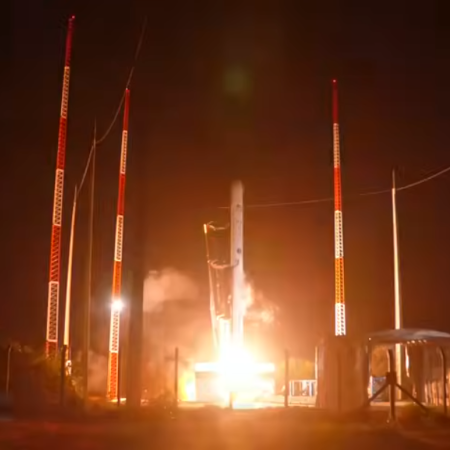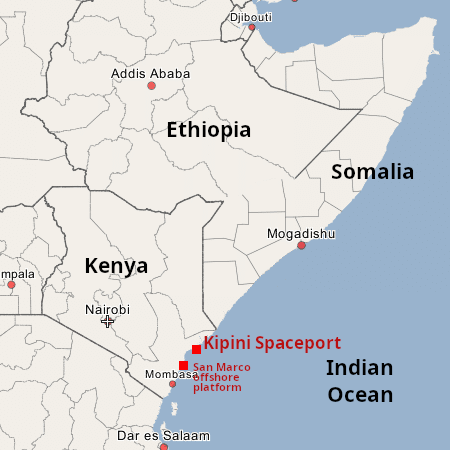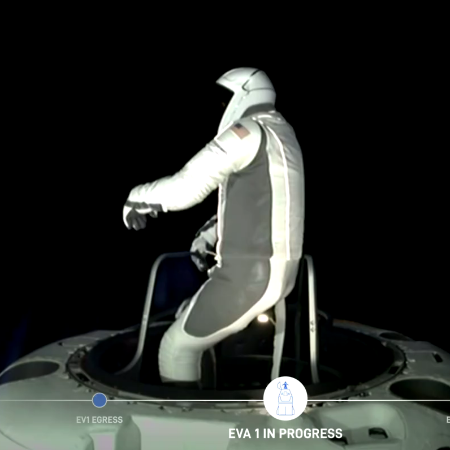India launches AST SpaceMobile’s sixth Bluebird satellite
India’s space agency ISRO today (December 24 in India) successfully launched AST SpaceMobile’s sixth Bluebird satellite into orbit, its Bahubali rocket (LVM3) lifting off from its Sriharikota spaceport on India’s eastern coast.
This Bluebird is an upgrade from the first five satellites, providing ten times the bandwidth. The constellation acts as satellite cell towers for smart phones. These Bluebird satellites have been the largest in size ever launched, and this satellite will break their previous records. It is also the heaviest satellite India’s Bahubali rocket has ever put in orbit, on its sixth launch.
For India, this is its fourth launch in 2025. The leaders in the 2025 launch race:
168 SpaceX
86 China
18 Rocket Lab
15 Russia
SpaceX still leads the rest of the world in successful launches, 168 to 144.
India’s space agency ISRO today (December 24 in India) successfully launched AST SpaceMobile’s sixth Bluebird satellite into orbit, its Bahubali rocket (LVM3) lifting off from its Sriharikota spaceport on India’s eastern coast.
This Bluebird is an upgrade from the first five satellites, providing ten times the bandwidth. The constellation acts as satellite cell towers for smart phones. These Bluebird satellites have been the largest in size ever launched, and this satellite will break their previous records. It is also the heaviest satellite India’s Bahubali rocket has ever put in orbit, on its sixth launch.
For India, this is its fourth launch in 2025. The leaders in the 2025 launch race:
168 SpaceX
86 China
18 Rocket Lab
15 Russia
SpaceX still leads the rest of the world in successful launches, 168 to 144.












